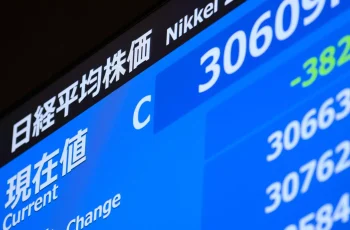This week, Asia-Pacific markets saw notable gains, with Australia and Japan up by 0.71% and 0.63%, respectively, partly due to hopes of easing U.S. tariffs. While these gains might seem to signal economic health, they mask deeper issues. The market’s growth is heavily influenced by the unpredictable actions of the Trump administration. Although softer tariffs offer temporary relief, they obscure systemic problems that could trigger a downturn later.

The core issue is consumer confidence in the U.S., which remains fragile. With tariffs looming, President Trump’s inconsistent approach to negotiations adds uncertainty, while inflation concerns grow. As Morning Consult reports, Americans are expected to curb spending, signaling that economic growth may not be as robust as the stock market’s gains suggest. A dip in consumer sentiment could undermine the rally if Americans can’t afford to purchase goods and services.
While equity indices like the S&P 500 and Nasdaq Composite show mild gains, the long-term outlook is troubling. Investor optimism, driven by the hope of reduced tariffs rather than strong economic fundamentals, risks creating a fragile market. A single negative headline or tweet could cause market disruption, and any downturn in U.S. economic indicators could have global repercussions.

Political instability, particularly in Trump’s trade war, only adds to the market’s uncertainty. While markets are currently buoyed by short-term optimism, these gains could be built on unstable foundations. Investors must consider the potential risks in the face of escalating trade tensions, resource competition, and consumer caution. The market’s apparent stability may be an illusion, and without improvements, the gains could quickly turn into losses.

